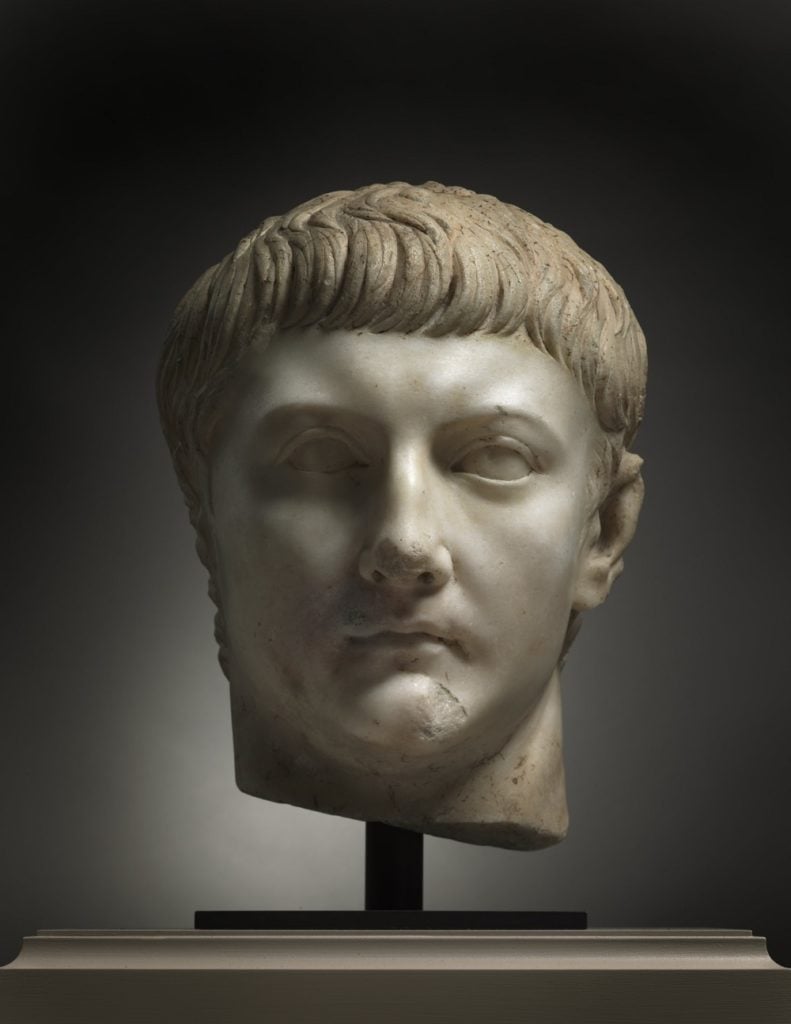Art World
Cleveland Museum of Art Returns Ancient Bust to Italy After Discovering It Was Looted
The museum has an ongoing partnership with the Italian government.

The museum has an ongoing partnership with the Italian government.

Alyssa Buffenstein

Once celebrated as one of the Cleveland Museum of Art’s most prized antiquities, an ancient Italian bust has been shipped back to its country of origin after it was found to have been looted during World War II.
“It is disappointing, even devastating, to lose a great object,” CMA director William Griswold told Cleveland.com yesterday.
The sculpture, which was previously thought to have been held in a North African collection for decades, has been confirmed to actually have been looted from an Italian archaeological museum in 1944.
The sculpture is a marble portrait bust of Drusus Minor, also known as Drusus Julius Caesar, heir to the Roman empire who lived from 13 BC to 23 AD. He never got to take over the throne due to an early death, which some speculate was caused by poisoning from a political enemy.
The artifact was acquired by the CMA in 2012, at which time the museum asserts its ownership history was subject to “extensive research.” But it did raise eyebrows upon its acquisition.
In 2012, the New York Times reported that the bust had no record before 1970, a sign that it may have been looted. Reportedly, a “significant amount” of the museum’s acquisition budget that year was spent on the bust, which was bought from Pheonix Ancient Art. One of the owners of that gallery pleaded guilty to falsifying a customs document for an antiquity in 2004.
CMA, on its part, has cooperated with the Italian government since 2008 on matters of illegally-obtained antiquities, and when the museum began to suspect something was awry, they contacted the Carabinieri, who confirmed the object’s illicit history.
“When we became aware of facts that were inconsistent with our understanding of the provenance of the sculpture, contacting the Ministry directly was an easy decision in light of our many years of working with our Italian colleagues,” Griswold said in a statement.
Italian Minister of Cultural Heritage and Tourism, Dario Franceschini, added “Now we await the return of the work, which, once in Italy will be returned as soon as possible to Naples and its communities, from where it was removed.”